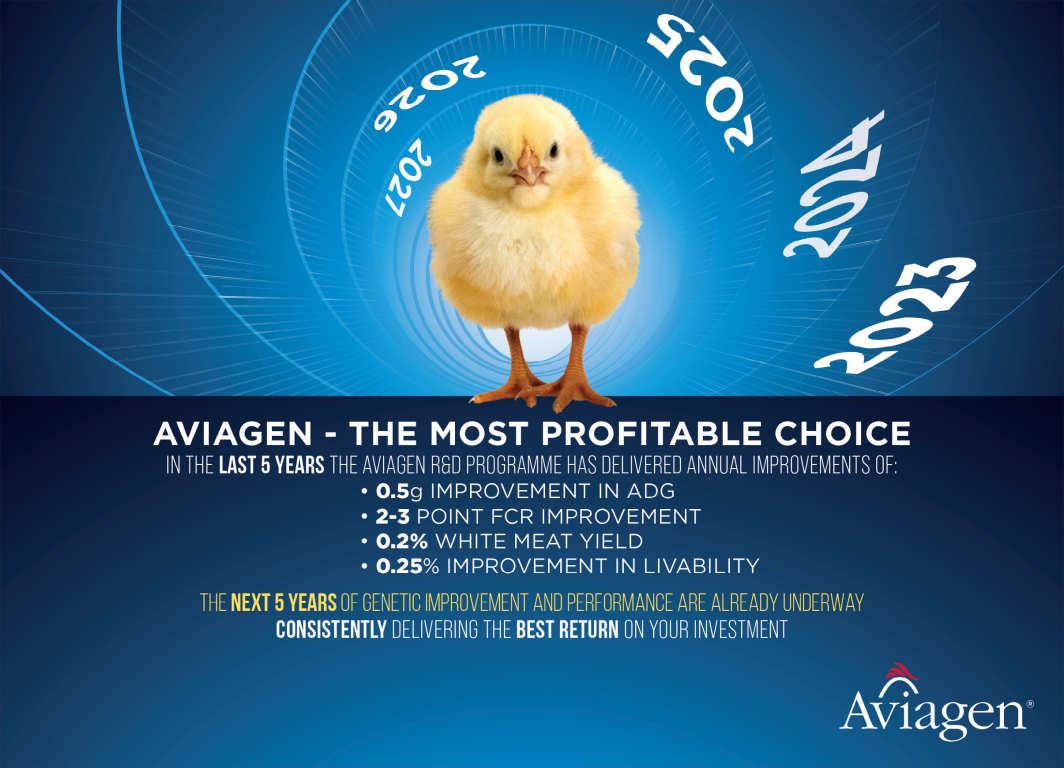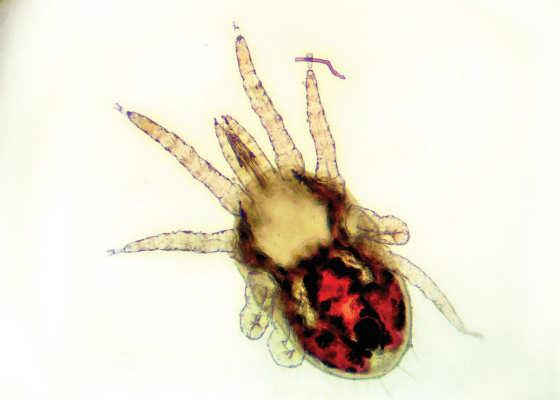
2 minute read
Knocking out red mite infestations from poultry houses
DERMANYSSUS GALLINAE, COMMONLY known as the poultry red mite (PRM) is a highly debilitating pest that affects both wild birds and farmed poultry. Depending on their numbers, these blood sucking ectoparasites that commonly affect laying hens, are capable of causing a wide variety of health issues. Low numbers of mites can cause irritation by making chickens restless, while large numbers can suck enough blood to cause anaemia, shown by a pale comb and wattles, weakness, dullness and reduced egg production. If the mites get out of hand, the birds can eventually die as a result of anaemia caused by excessive blood loss.
Poultry red mites mostly thrive in warm conditions, with the most severe infestations occurring from the months of May to October.
In addition to these devastating physical effects, red mites also serve as vectors for the Salmonella species, particularly the highly infectious Avian Influenza (AI).

Controlling red mite infestations
Poultry red mite infestations are generally hard to control as they can be easily transferred between flocks by crates, clothing and wild birds. Being night feeders further makes them hard to spot. They also have the ability to survive without a blood meal for up to eight months, with deutonymphs and adult mites being resistant to desiccation. This means that removing the host from the area will not be enough to eliminate the mites.
Chemical control methods involving sprays or pesticides are often used for red mite control. However, many chemical applications have a short residual activity, exert little or no effect on mite eggs and are prone to resistance development due to the selection of resistant mites that survive exposure to sublethal concentrations. In recent years, a number of alternative solutions including essential oils, predator mites, heat treatments, intermittent lighting programmes and inert dusts such as silica and diatomaceous earth have been used in poultry houses.
Advances in microbiology have also facilitated the development of effective vaccines, and the demand for natural products has led to the development of plant-derived compounds, natural enemies, growth regulators, and biopesticides as conventional pesticide alternatives. While these techniques have helped in significantly reducing red mite numbers, they have, however, failed to fully control their populations.
Products effective against PRMs
Since the treatment of poultry houses have failed to entirely eliminate poultry red mites, fluralaner-containing licensed products were tested by providing them to affected hens via drinking water. Fluralaner, being a potent inhibitor of the arthropod nervous system has proved to be effective in the destruction of mites biting the host hens.
A pilot study published in 2022 also confirmed the effectiveness of lithium chloride against poultry red mites in vitro. However, further research is required to find out whether there would be any effective method of administering lithium in situ, as well as in the assessment of potential residue problems that could likely affect poultry products.
This year, YieldX, an A/IoT-powered biosecurity data platform recently launched its new ‘RedMite Sense’ solution at VIV Asia 2023, the complete feed to food global trade show in Asia. The purpose of this product is to allow the AI-based early spotting of red mites in poultry farms through continuous detection, real-time alerts on the mite presence and the ability to share critical information with every third party.

Advantages of early detection
As in the case of YieldX’s RedMite Sense, early detection of these pests can help save capital and boost farmers’ profits. Moreover, red mites bring along with them a plethora of other diseases, which can be potentially prevented with early detection. In addition, using smart sensors, AI and machine learning alongside these new technologies can introduce new biosecurity practices in farms, thereby enhancing overall farm health and productivity. h










